Petroleum Rock Mechanics/Механика нефтяной породы
Издание на английском языке
This book provides the principles of engineering rock mechanics to petroleum-related engineering disciplines. It covers the fundamentals of solid mechanics and provides a systematic approach for their applications to oil- and gas-related drilling operations, and well design problems.
The first and primary objective is to present rock mechanics fundamentals on a level appropriate for both inexperienced university students and experienced engineers. To achieve this goal the concepts have been developed in a logical order from simple to more complex, to enable the reader to learn and use them, and, if needed, to develop them further for more practical and complex petroleum rock mechanics problems.
The second key objective is to ensure that the topics are developed and treated sufficiently throughout the text giving the reader the opportunity to understand them without having the need to consult other sources. This has been achieved by developing every topic consistently in link with previous topics, and providing practical examples and a comprehensive glossary of terminologies used throughout the text.
The role of formation, strength of rock materials and wellbore mechanics in drilling operations and well design are highlighted systematically to also include details of practical in situ stress changes and how they impact on wellbore and borehole behavior. The concluding equations are used methodically and incorporated into well-known failure criteria to predict stresses. They have also been used to assess various failure scenarios, analyze wellbore stability, and determine fracture and collapse behavior for single and multilateral wells. The assessment has also been extended to include drilling methodologies, such as under balanced drilling and the use of probabilistic technique to minimize uncertainties and maximize the likelihood of success.
This book is divided into two parts: fundamentals of solid mechanics and petroleum rock mechanics. The first part comprises five chapters from basic stress definition to three-dimensional stress state, and introduction of constitutive relations, and failure criteria. The second part comprises nine chapters and begins with Chapter 6 on the basic definition of rock materials followed by Chapter 7 on effective and in situ stresses. Measurement and estimation techniques for key drilling parameters, such as pore pressure and in situ stresses, and details of laboratory testing of rock strength form an important part of this book as presented in Chapters 8 and 9. The book then continues to provide methods to evaluate stresses in far field and around the wellbore in Chapter 10 and it comprehensively discusses different failure scenarios throughout drilling, well operation and well completion processes as presented in Chapter 11. Chapters 12 and 13 offer the details of the newer techniques in the assessment of wellbore stability.
These include the inversion technique and the quantitative risk assessment approach. Both techniques use the reverse engineering concept to achieve optimal design criteria prior to or during drilling operation. The last chapter reports some of the recent research findings in mud circulation losses and leak-off test evaluation. It also provides a basic understanding of fracture mechanics concept and offers areas for further development work.
This book is developed based on decades of experience of teaching and researching on this topic, as a separate course or as part of drilling and petroleum engineering or other relevant courses, to final year BSc and BEng, MSc, and PhD students. It provides implicit examples with solutions and some practical and real field-related problems at the end of each chapter to enable students as well as experienced engineers to test their knowledge and apply the same methodologies to their field work-related problems.
Those, who have used this book in full, are expected to gain a good understanding of theoretical and practical petroleum rock mechanics mainly associated with drilling operation and wellbore problems. They should also expect to have a good grasp of the key roles and impacts of rock mechanics on the success of drilling operations, well engineering and design, well completions, stimulation, and oil and gas production.
There is no prerequisite in using this book. Nevertheless, basic understanding of solid mechanics, hydrostatics and familiarity with rock materials would help the reader to advance through the early chapters in a faster pace.
Content
Petroleum Rock Mechanics: Drilling Operations and Well Design
Dedication
About the Authors
Preface to the Second Edition
Preface to the First Edition
Acknowledgments
List of Symbols
Part I: Fundamentals of Solid Mechanics
1 Stress/Strain Definitions and Components
2 Stress and Strain Transformation
3 Principal and Deviatoric Stresses and Strains
4 Theory of Elasticity
5 Failure Criteria
Part II: Petroleum Rock Mechanics
6 Introduction to Petroleum Rock Mechanics
7 Porous Rocks and Effective Stresses
8 In Situ Stress
9 Rock Strength and Rock Failure
10 Drilling Design and Selection of Optimal Mud Weight
11 Stresses Around a Wellbore
12 Wellbore Instability Analysis
13 Wellbore Instability Analysis Using Inversion Technique
14 Wellbore Instability Analysis Using Quantitative Risk Assessment
15 The Effect of Mud Losses on Wellbore Stability
16 Shale Oil, Shale Gas, and Hydraulic Fracturing
Appendix A Mechanical Properties of Rocks
Appendix В The Poisson's Ratio Effect
Appendix С A Model for the Stress Bridge
Appendix D Glossary of Terms
References
Index
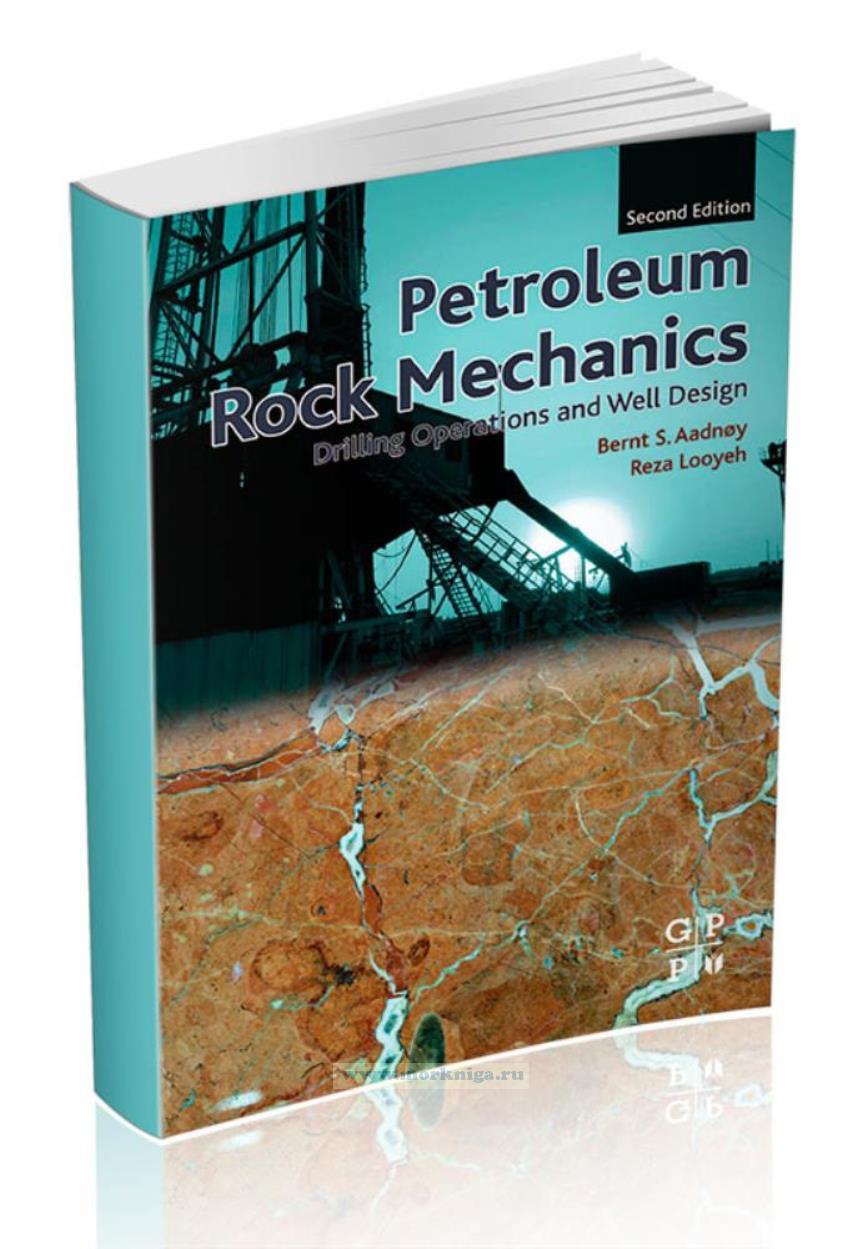
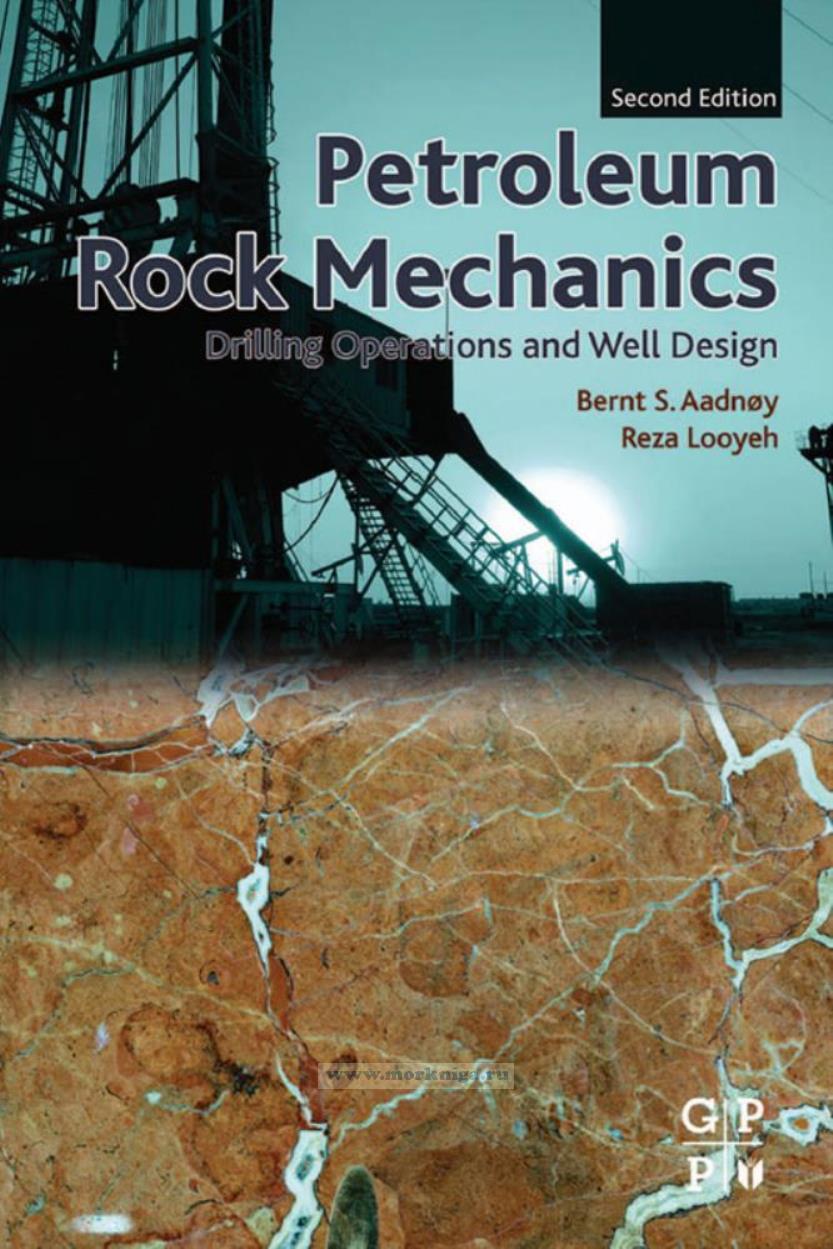
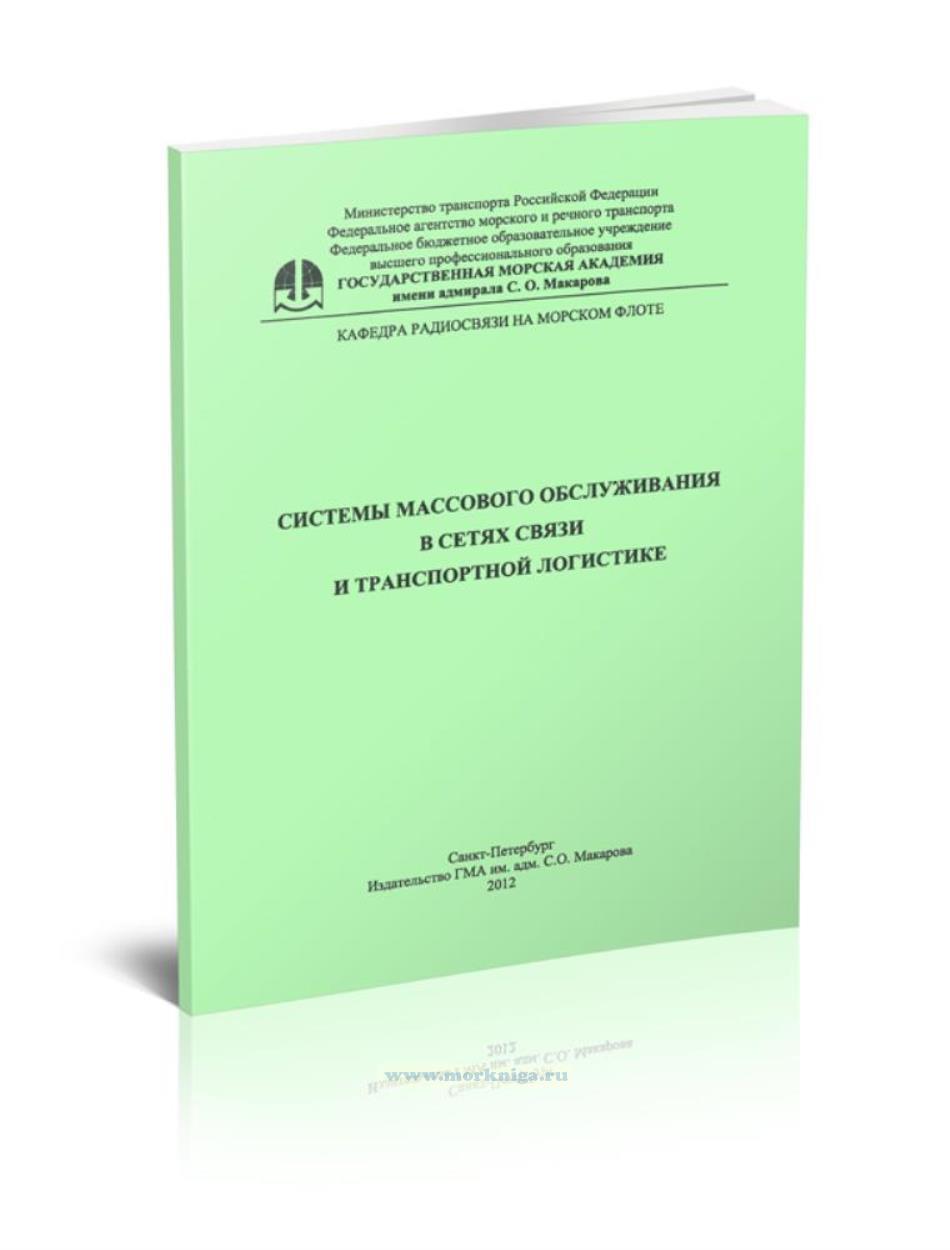 Системы массового обслуживания в сетях связи и транспортной логистике
Системы массового обслуживания в сетях связи и транспортной логистике 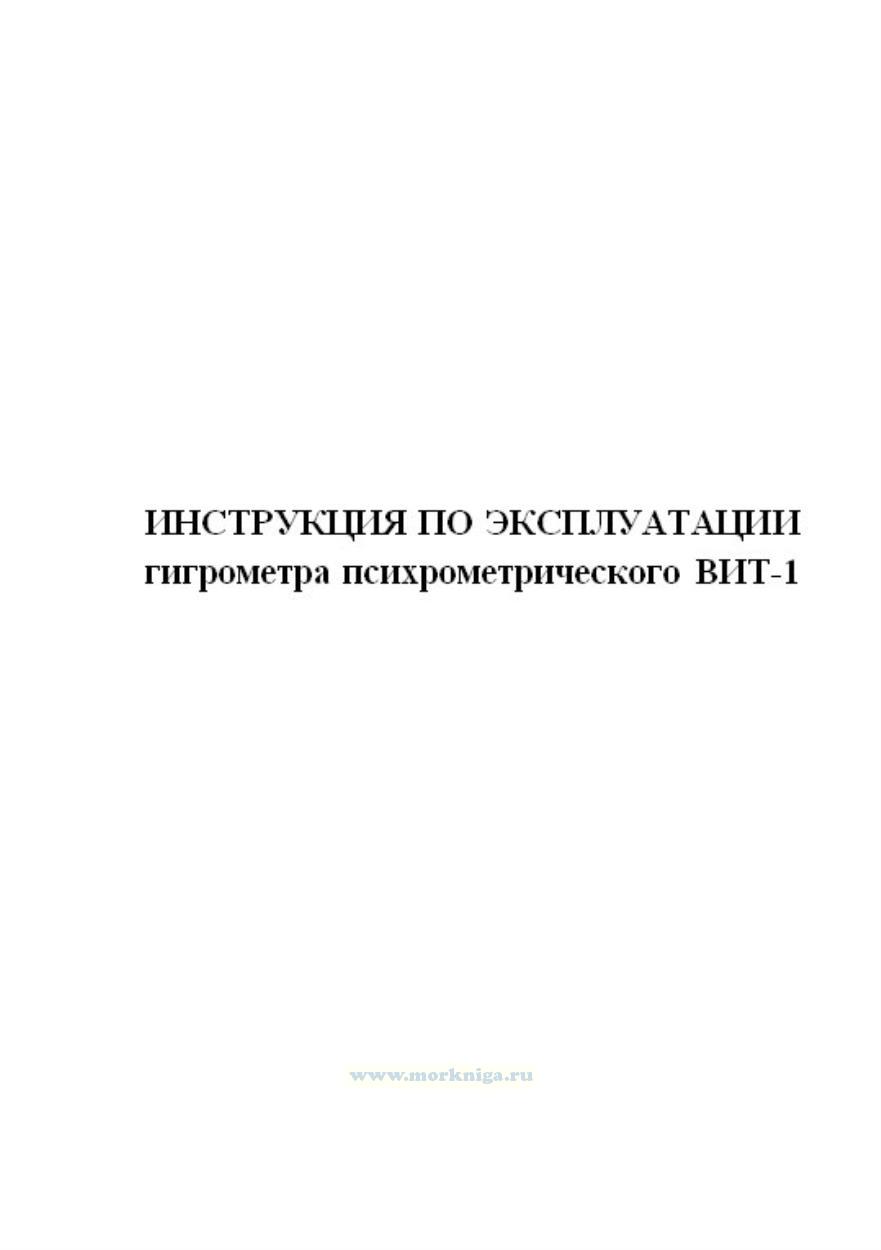 Инструкция по эксплуатации гигрометра психрометрического ВИТ-1
Инструкция по эксплуатации гигрометра психрометрического ВИТ-1 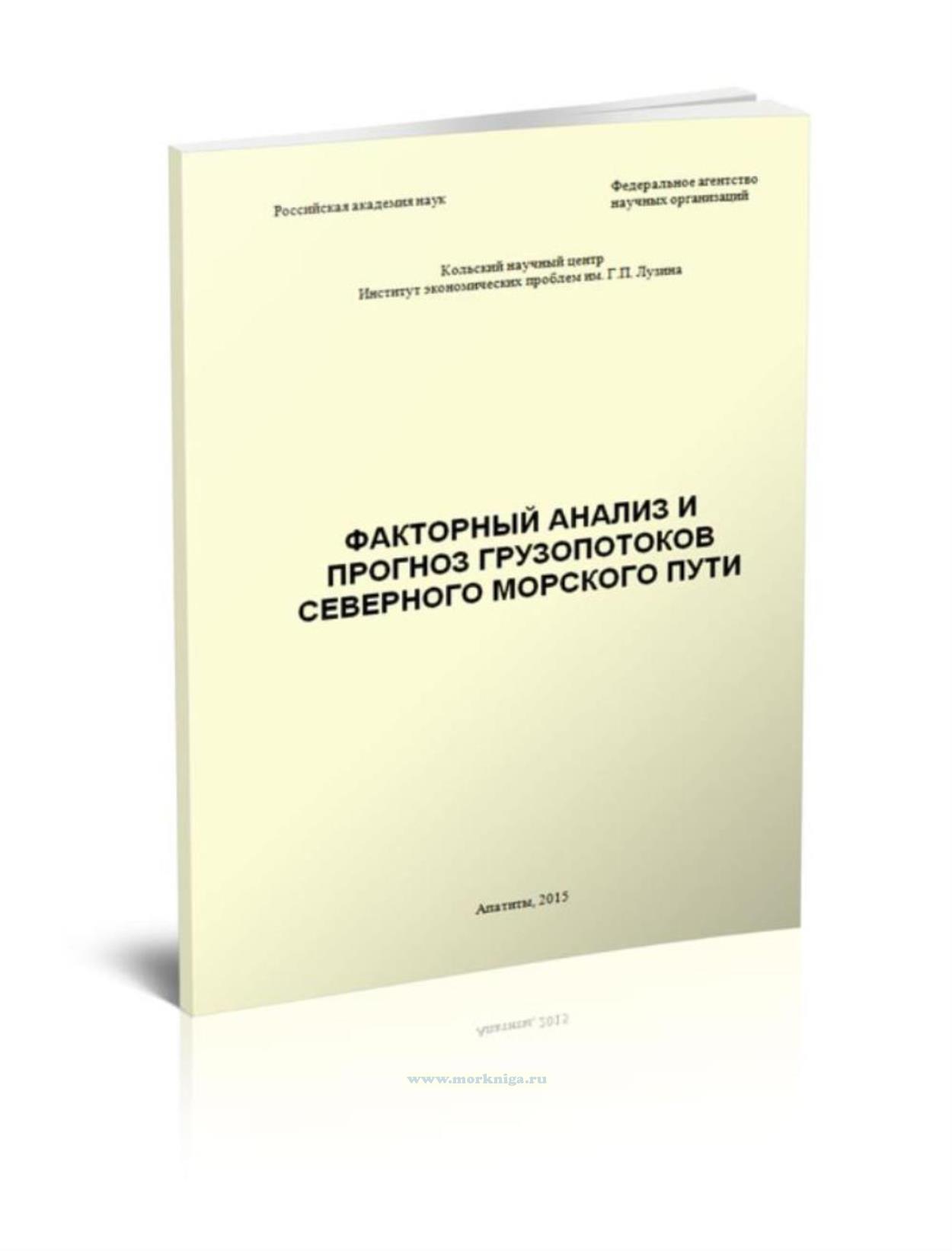 Факторный анализ и прогноз грузопотоков северного морского пути
Факторный анализ и прогноз грузопотоков северного морского пути